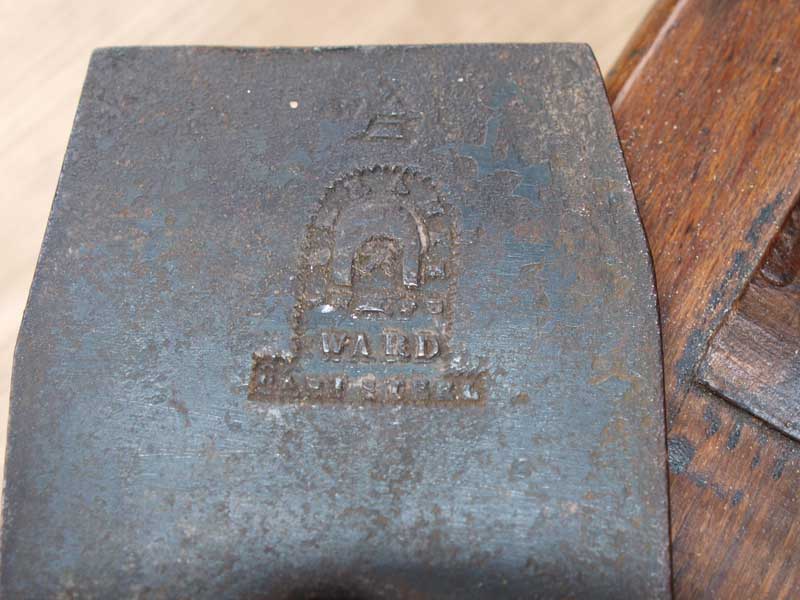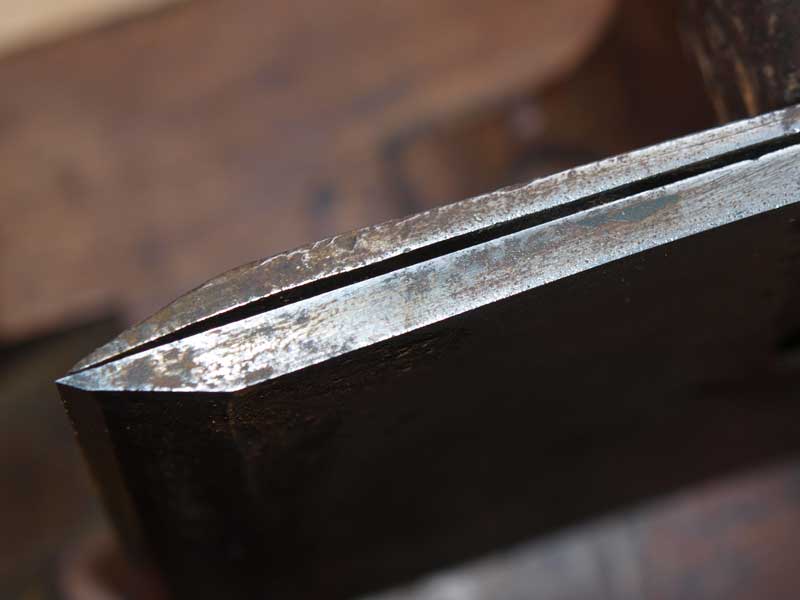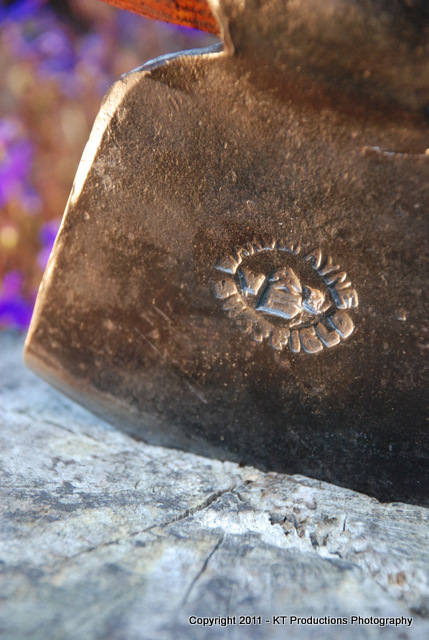condeesteso
Established Member
(As a reminder it works like this: Jim finds them and I buy 'em)
So this popped up recently. A Moon try plane in fine condition, some repairs but well executed.

One interesting thing is the maker - (research credit: Jim) - Ann Moon, 4 Little Queen Street, Lincolns Inn Fields. Ann Moon is listed as Toolmaker, 1837 - 1846 at this address.
No sexism at all intended, but go find me another female plane-maker back then... ever even.

The blade is Ward, Sheffield and is of the period - hard to date exactly but almost certainly 1830s. Ward became Ward and Payne in 1843.

The cap also has a simple 'Ward' mark on it, and the whole assembly is hefty


The tote (with repair) is offset right, and is a really nice shape.


Question re offset tote - if this was for a right-hander why is it offset to the right. I would have expected it offset left to help project the force towards the blade centreline. Any insight on this please?
Jim was over yesterday and spent some time removing a thin shellac finish that someone added to it - we call it unrestoring. I was on sharpening / honing duty.
To think it was made only 20-odd years after the Battle of Waterloo.
Basically it's a beauty, works a treat and deserves to be used - it will be. Oh, and the woodie collection is growing :shock:
p.s. the infill repair ahead of the strike-plate looks like it may be inappropriate restoration, that could be thumb wear under there but I doubt I have the nerve to remove the repair piece.
So this popped up recently. A Moon try plane in fine condition, some repairs but well executed.

One interesting thing is the maker - (research credit: Jim) - Ann Moon, 4 Little Queen Street, Lincolns Inn Fields. Ann Moon is listed as Toolmaker, 1837 - 1846 at this address.
No sexism at all intended, but go find me another female plane-maker back then... ever even.

The blade is Ward, Sheffield and is of the period - hard to date exactly but almost certainly 1830s. Ward became Ward and Payne in 1843.

The cap also has a simple 'Ward' mark on it, and the whole assembly is hefty


The tote (with repair) is offset right, and is a really nice shape.


Question re offset tote - if this was for a right-hander why is it offset to the right. I would have expected it offset left to help project the force towards the blade centreline. Any insight on this please?
Jim was over yesterday and spent some time removing a thin shellac finish that someone added to it - we call it unrestoring. I was on sharpening / honing duty.
To think it was made only 20-odd years after the Battle of Waterloo.
Basically it's a beauty, works a treat and deserves to be used - it will be. Oh, and the woodie collection is growing :shock:
p.s. the infill repair ahead of the strike-plate looks like it may be inappropriate restoration, that could be thumb wear under there but I doubt I have the nerve to remove the repair piece.









































